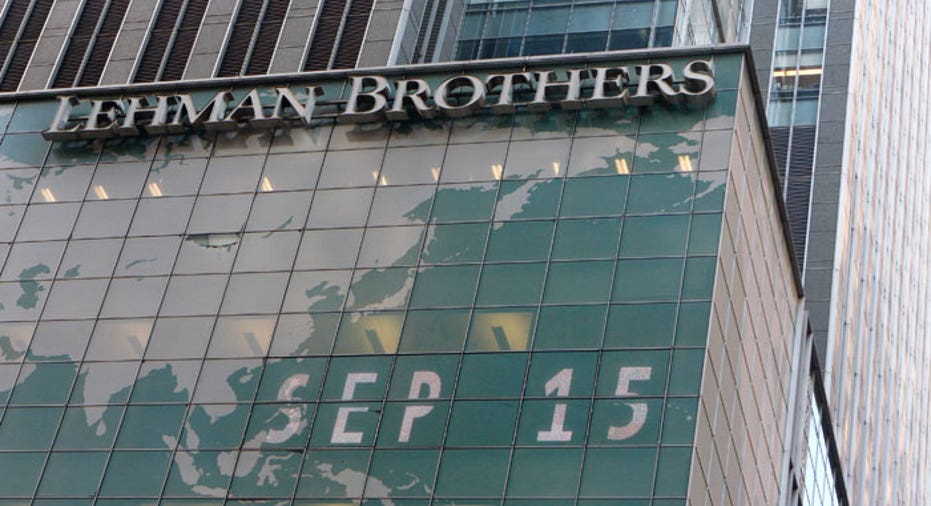The Brink: How Lehman Changed Everything

Investors waking up three years ago today were probably unaware that the financial system would be at a precipice in a week’s time. Lehman Brothers, one of the world’s most storied investment banks, collapsed in the biggest bankruptcy in history on Sept. 15, 2008, shaking market participants and setting off shockwaves that still are still reverberating across the globe today. Here’s a look at how the markets fared then, and where they stand now.
The Dow sat above the 11,000-mark in early September in the days leading up what would become a defining moment in Wall Street's history.
Between Sept. 15 and 16, the world's financial system changed in a flash: Lehman was no more, Merrill Lynch, one of America's oldest financial institutions, was bought by Bank of America (NYSE:BAC) and American International Group (NYSE:AIG), once a powerhouse insurer, received an enormous $85 billion bailout from the government as it teetered on a collapse that many analysts say could have dealt a deathblow to the financial system.
By October 10, the Dow had plunged below 8,500 in frenzied selling sessions, by March, it would plummet further to 6,627, retracing a decade's worth of gains. Volatility in the stock markets, meanwhile, spiked. In fact, the VIX, often referred to as a gauge of fear, hit a record of 89.53 in mid-October -- it hadn't ever surpassed 50 -- and traded above 50 for 50 days in 2008, according to the Chicago Board of Options Exchange.
Money markets froze as financial institutions grew leary of lending to one another -- an essential element of a well-running financial system. A formerly obscure metric called the London Interbank Offer Rate, or LIBOR, which tracks the rate certain banks borrow from each other on a short-term basis suddenly became an everyday phrase in the financial press, and was closely watched when it was published daily.
Generally, when banks become more nervous about lending to one another it is reflected by rising interest rates (essentially, banks charge more to compensate for higher perceived risk). The price of lending between big financial services firms, as tracked by one-month LIBOR, spiked by early October, which immediately put pressure on the entire financial system. Indeed, many interest rates are derived by adding percentage points to LIBOR, making lending restrictively expensive in many arenas. This was particularly damaging during a time when companies saw their access to capital drying up across the board, causing a self-induced meltdown.
Energy markets, which had rallied into September, suddenly lost their footing amid fears the economy would take a hit from the financial conundrum, paralyzing demand. The benchmark U.S. crude oil contract that traded above $106 a barrel plunged to $63 by late October, and collapsed to $39 by the end of the year -- a 63% drop.
Gold, often viewed as a safe-haven asset, saw strong buying pressure in the wake of the financial malaise. The precious metal traded at roughly $800 a troy ounce in the period before Lehman's collapse, and soared to more than $1,100 by November of the next year.
Action in the market for Treasury bonds was intense as well. Taken together, strong demand for the shelter of American debt and an unprecedented easing of monetary policy by the Federal Reserve sent Treasury rates nose diving. Rates on bonds trade in the opposite direction of yields, so as demand goes up, the rates fall.